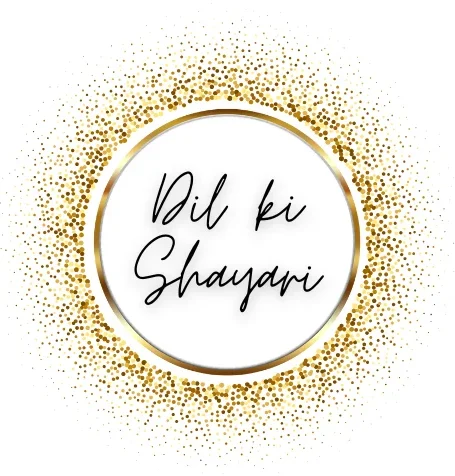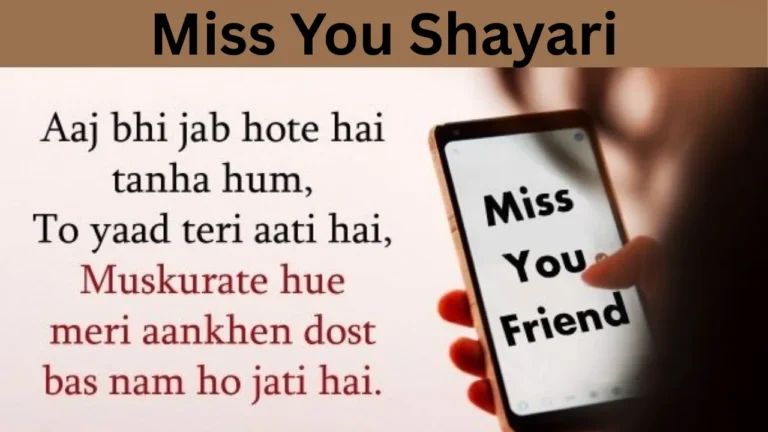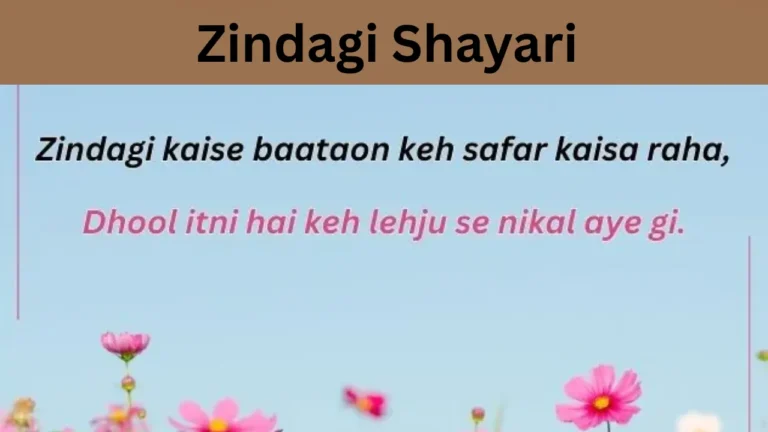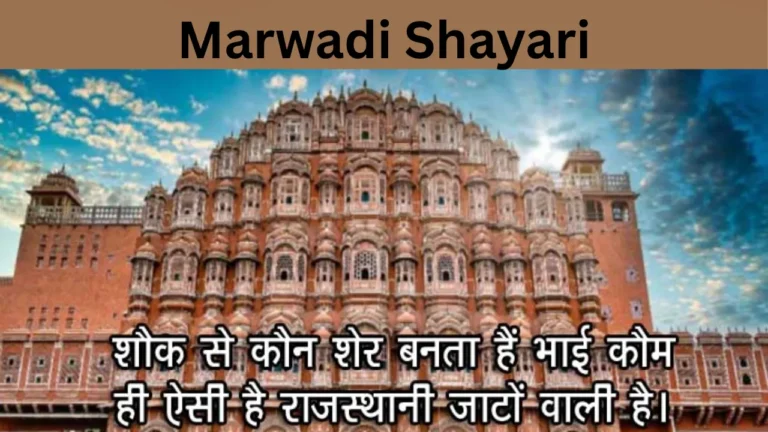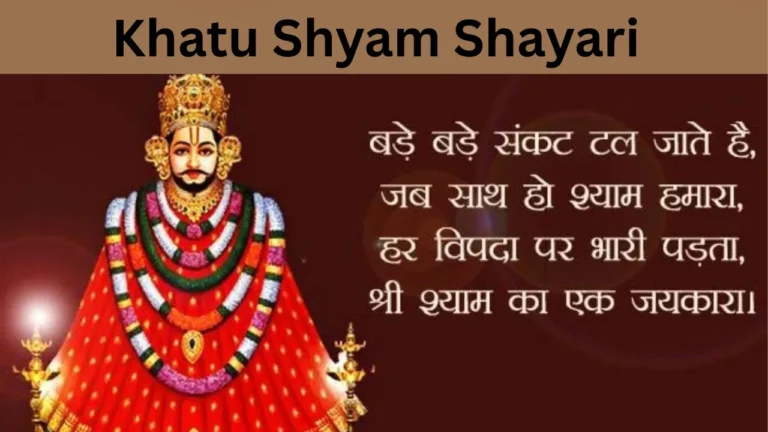Maut Shayari: Life and Death Through Poetry
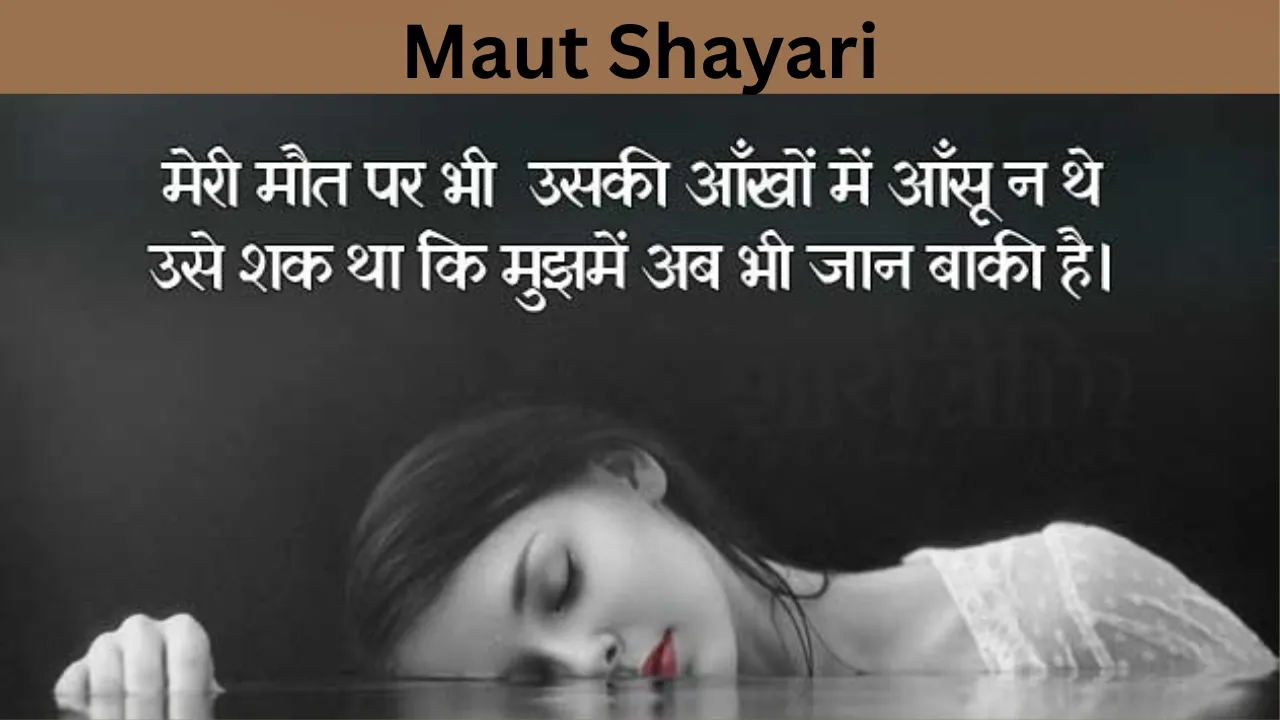
Death, the inevitable truth of life, is something every person must face. It’s not just a physical departure but a deeply emotional journey as well. Maut shayari is a poetic form that expresses this profound sorrow and these feelings. It forces us to reflect on the aspects of death and helps us understand how we feel about it. Just as True Love Broken Heart Shayari: Feelings of Love, & Pain expresses the deep emotions of heartbreak, maut poetry provides a similar outlet for the pain that comes from the loss and the inevitable nature of death.
Here are a few lines that explore the depth of this theme:
“Maut ke baare mein, sabhi ke apne jazbaat hote hain,
Kuch chup ke aansu, kuch khud ko sambhal ke rakhte hain.”
In this article, we will explore the significance of maut shayari, its emotional impact, and why it remains a popular expression in the world of poetry. It will also cover how people use maut poetry to process grief and find solace in the face of loss.
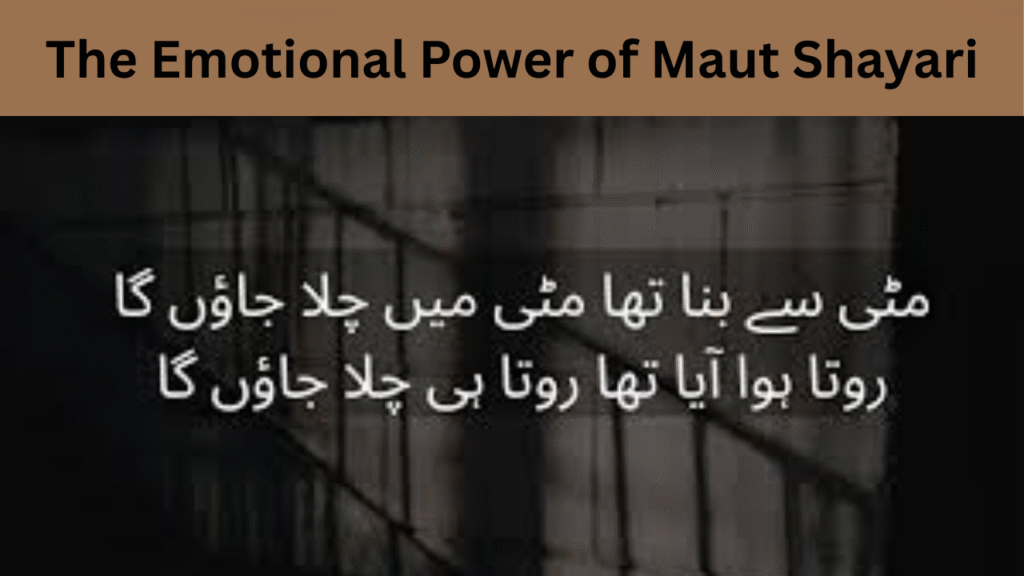
The Emotional Power of Maut Shayari
One of the unique aspects of maut shayari is its emotional intensity. When we face grief, the words of a poet can often express what we are unable to say. Maut poetry carries an emotional weight that resonates deeply with people, particularly those who are mourning the loss of someone close.
The emotional power of shayari lies in its simplicity and depth. A few well-chosen words can convey a lifetime of emotions, touching hearts in a way that prose often cannot. For instance, consider the following lines:
“Har pal maut ki saath hai, hum bas jeene ki aadaat mein hai,
Khud ko samjha lete hain, yeh waqt ka ek haadsa hai.”
This translates to: “Every moment is accompanied by death, we are just used to living,
We convince ourselves that this is just a part of time.”
These words serve to remind us of the fragile nature of life and how, despite knowing the reality of death, we often continue to live as if it is far away. The maut shayari here speaks to the human tendency to avoid confronting the truth of mortality.
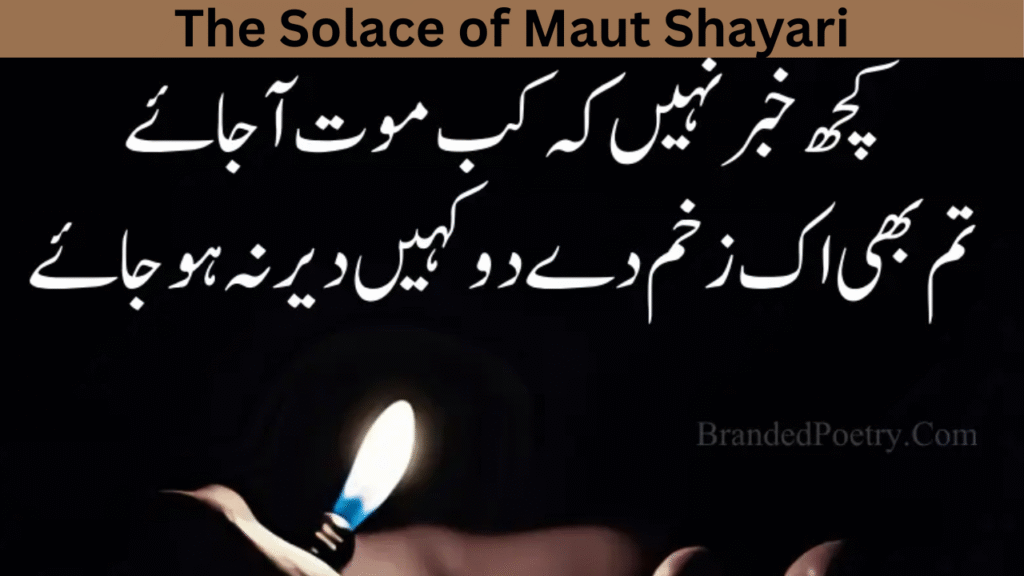
The Solace of Maut Shayari
For many, the power of maut shayari lies in its simplicity. A few words can convey the pain of losing someone:
“Maut ki chaadar mein, har ek dil chhup jaata hai,
Har ek jeeta hai, aur har ek ko jaana padta hai.”
This line reflects the inevitable truth: everyone lives, and everyone must face death in the end.
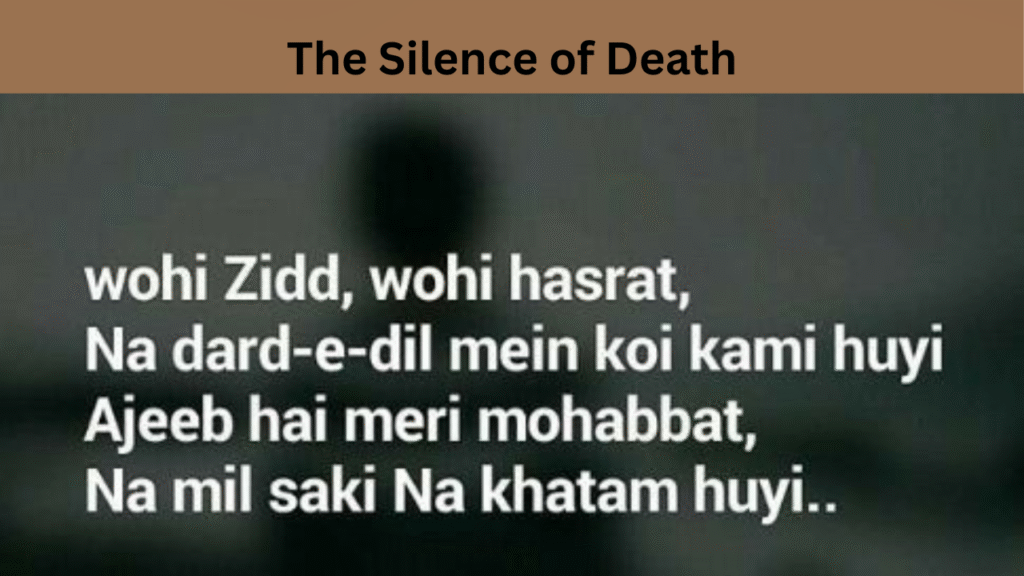
The Silence of Death
“Maut ke aane se pehle, har zakhm sehna padta hai,
Zindagi ke safar mein, khud ko khona padta hai.”
Before death arrives, one must bear every wound,
On life’s journey, one must lose themselves soon.
This verse speaks to the painful truth that grief is an inevitable part of life. Maut poetry becomes the refuge for souls who have suffered loss, capturing that deep sense of helplessness and sorrow.
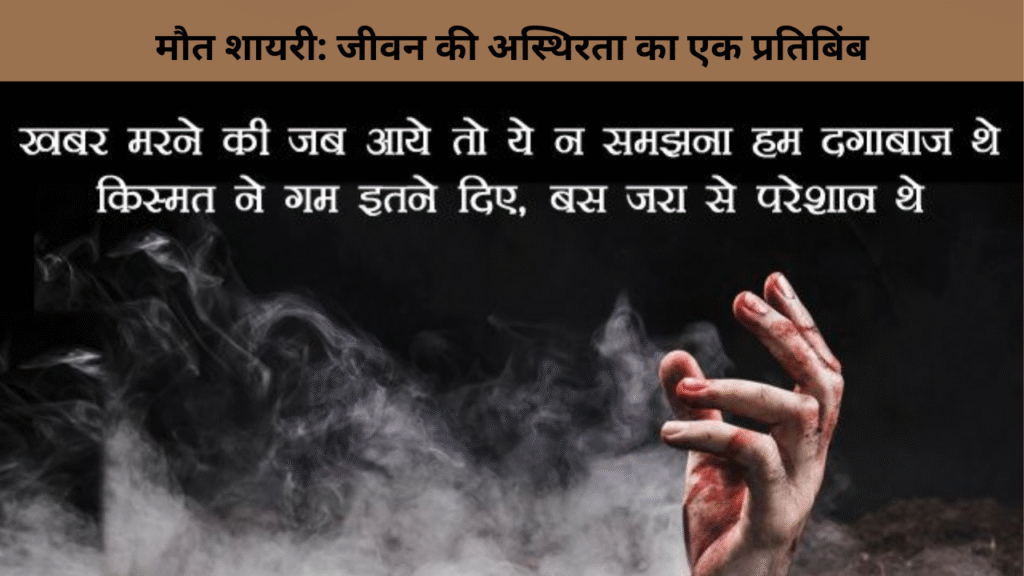
मौत शायरी: जीवन की अस्थिरता का एक प्रतिबिंब
“मौत का खौफ नहीं, डर सिर्फ इस बात का है,
एक प्यारा सा रिश्ता जो हमारे साथ था।”
यह शायरी इस गहरे दर्द को व्यक्त करती है, जो किसी प्रिय व्यक्ति के खोने पर होता है। जब हम किसी प्रिय को खोते हैं, तो यह एहसास होता है कि मौत सिर्फ एक शारीरिक विदाई नहीं है, बल्कि एक गहरे भावनात्मक रिश्ते का टूटना है।
“मौत से डर नहीं, बस यह ख्याल है,
कहीं न कहीं दिल के अंदर कोई दर्द है।”
यह शायरी हमें यह समझने का मौका देती है कि असल डर मृत्यु से नहीं, बल्कि उस खोए हुए रिश्ते और प्यार से है, जो हमें छोड़कर चला जाता है। मौत शायरी हमें इस भावनात्मक दर्द से साक्षात्कार कराती है, जिससे हम सहमति और शांति प्राप्त कर सकते हैं।
Just as maut shayari helps us reflect on death, Punjabi Shayari Attitude: Express Confidence with Poetry focuses on expressing strength and confidence through poetry. Punjabi shayari is known for its bold and powerful tone, much like the way maut poetry addresses the hard-hitting truths of life. Both forms of poetry deal with intense emotions, but while maut poetry expresses sorrow and grief, Punjabi shayari often conveys resilience and attitude in the face of challenges.

मौत शायरी: दर्द और शोक की अभिव्यक्ति
जब हम किसी प्रियजन को खोते हैं, तो शोक और दर्द से भरे शब्द अक्सर नहीं मिल पाते। लेकिन मौत शायरी इन भावनाओं को काव्यात्मक रूप में व्यक्त करने में सक्षम है। इन शेरों का उद्देश्य हमें अपनी दुखों को शब्दों के माध्यम से बाहर निकालने का अवसर प्रदान करना है।
“जिंदगी के सफर में, मौत एक रास्ता है,
जिसे हर किसी को एक दिन तय करना है।”
यह शायरी हमें इस कड़ी सच्चाई से अवगत कराती है कि जीवन का हर इंसान मौत के रास्ते से गुजरता है। यह जीवन के सबसे कठिन सत्य का सामना करने की प्रेरणा देती है, और हमें मृत्यु को एक हिस्से के रूप में स्वीकार करने का अवसर देती है।
“मौत का रूप हर किसी के लिए अलग है,
कभी घना, कभी हल्का, और कभी डरावना है।”
यह शायरी यह बताती है कि मृत्यु सभी के लिए अलग-अलग अनुभव होती है। कभी यह हमें घेर लेती है, कभी यह हल्के रूप में आती है, और कभी यह डरावनी रूप में हमारे सामने आती है। यह शायरी मृत्यु के विभिन्न रूपों की बात करती है, जिससे हम इस सत्य के बारे में सोचने के लिए प्रेरित होते हैं।
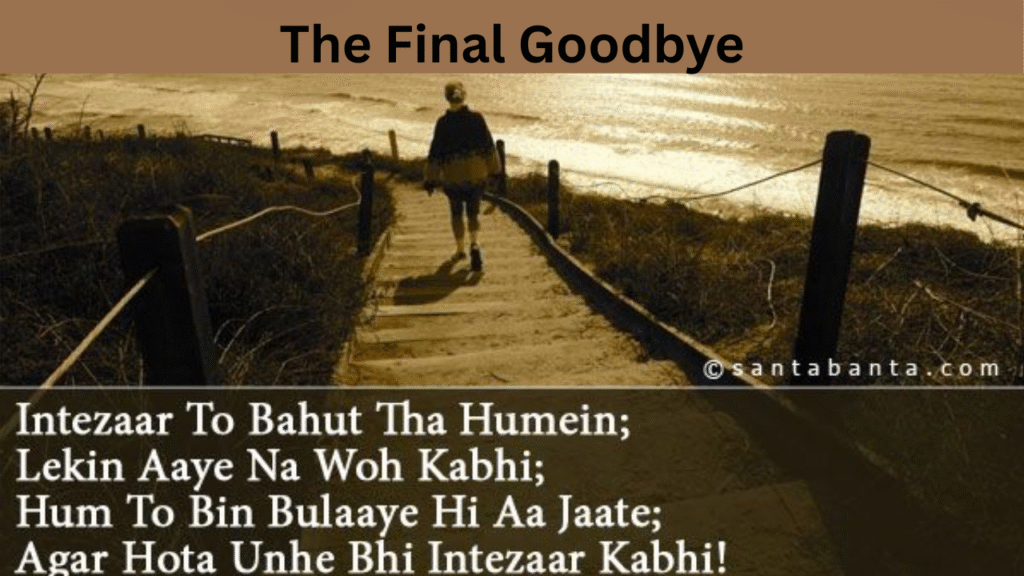
The Final Goodbye
“Maut ka dar nahi, dard hai bas itna,
Ek pyaara sa rishta jo humare saath tha.”
It’s not the fear of death, just the pain of knowing,
A beautiful bond that was with us, is now gone.
Maut shayari beautifully expresses the emotional turmoil that follows when someone dear to us passes away. These lines reflect how death steals away cherished bonds, leaving behind only memories. It’s not the fear of death but the pain of separation that is hardest to bear.
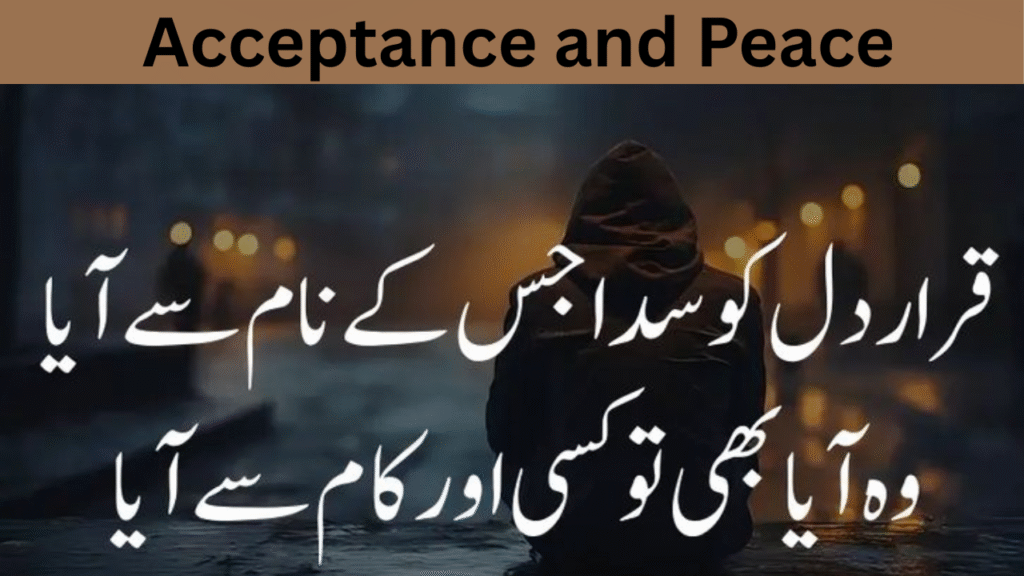
Acceptance and Peace
“Maut toh apna kaam karegi, hum bas apni zindagi jeeyenge,
Har pal ko apna samajh kar, hum apne dard ko pee jayenge.”
Death will do its work, we will live our life,
By accepting every moment, we will endure the strife.
This maut shayari conveys the wisdom that we cannot escape death, but we can live our lives fully. We must accept each moment, even the pain, and find peace in that acceptance.
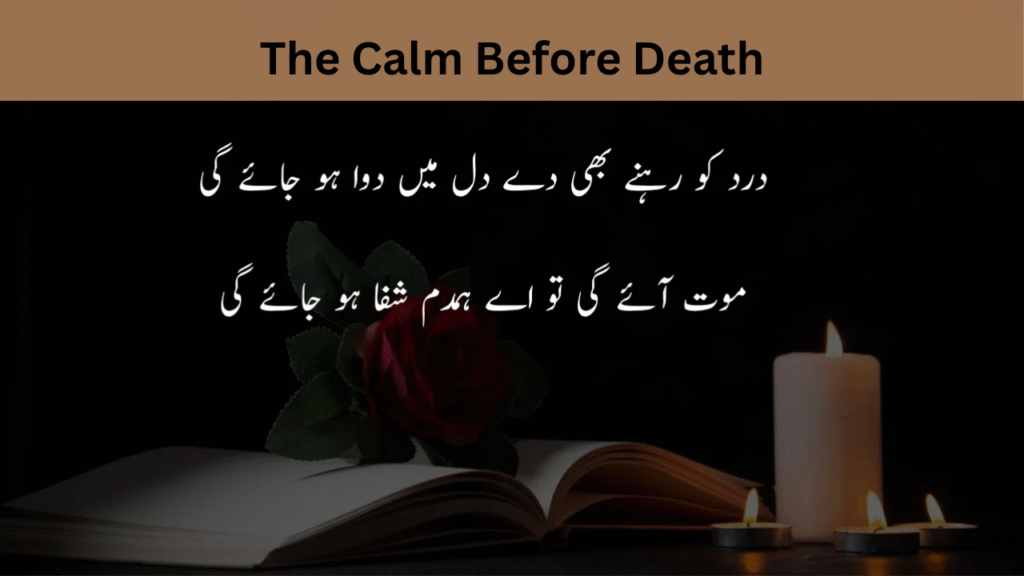
The Calm Before Death
“Maut ki chaadar mein, ek aakhri khushboo hoti hai,
Har dard ki gali se, ek nayi raah milti hai.”
In the shroud of death, there’s a final scent,
From every alley of pain, a new path is lent.
This verse suggests that death, while painful, brings an end to suffering, offering a path to peace. Maut shayari offers comfort in the knowledge that the pain will eventually fade, and death will lead to peace.
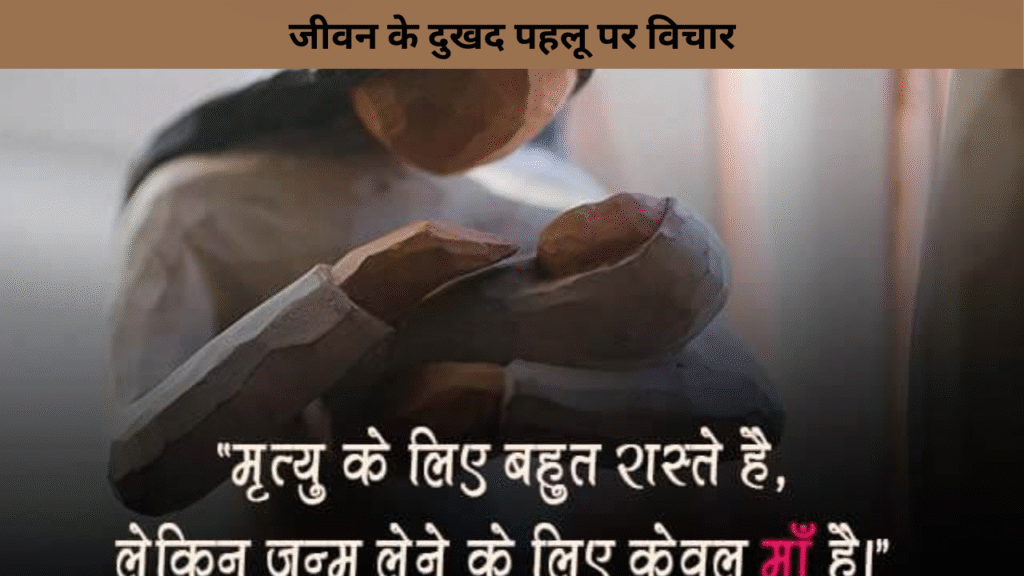
जीवन के दुखद पहलू पर विचार
“मौत की एक रात है, और जिंदगी का एक दिन,
कभी भी, कभी भी, खत्म हो जाता है सब कुछ बिना।”
यह शायरी जीवन के अस्थिर होने का प्रतीक है। हर पल अनमोल है, और हम कभी नहीं जानते कि अगला पल हमारे जीवन में किस तरह का मोड़ लाएगा। मौत शायरी हमें यह याद दिलाती है कि हमें जीवन को पूरी तरह से जीने की आवश्यकता है, क्योंकि मृत्यु किसी भी समय आ सकती है।
“मौत का मतलब सिर्फ एक और यात्रा का शुरू होना है,
यह अंतिम नहीं, बल्कि एक और शुरुआत है।”
यह शायरी हमें यह सिखाती है कि मृत्यु अंत नहीं है। यह बस एक नई यात्रा का आरंभ है। मौत शायरी मृत्यु को न केवल एक दुखद घटना के रूप में, बल्कि एक नए चरण की शुरुआत के रूप में देखती है, जो हमें शांति और राहत देता है।
Conclusion
In the end, maut shayari serves as a beautiful yet sorrowful form of poetic expression. It allows people to confront the truth of death while also offering solace to those who are grieving. The emotional intensity, simplicity, and depth of the poetry make it a powerful way to process loss. It also connects people across cultures and time, reminding us of the shared human experience of facing mortality.
As we reflect on life and its fleeting nature, maut poetry provides a way to express the grief, acceptance, and understanding that come with the certainty of death. It is through such poetry that people find the strength to carry on, knowing that death, though inevitable, is just one part of the beautiful journey we all share.
